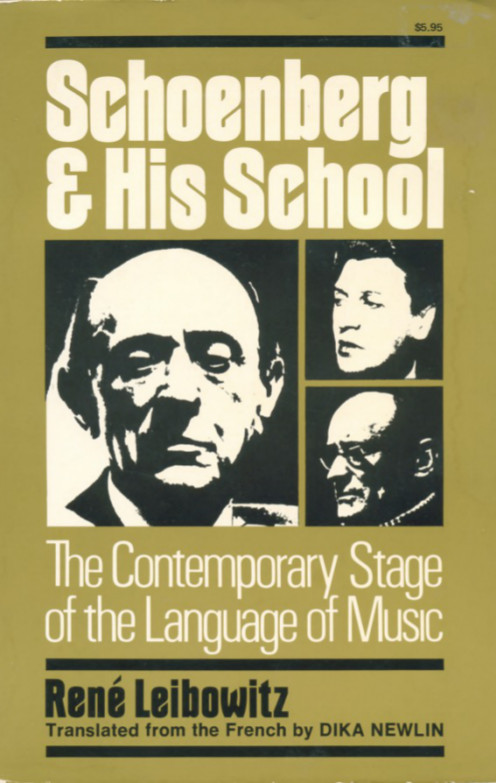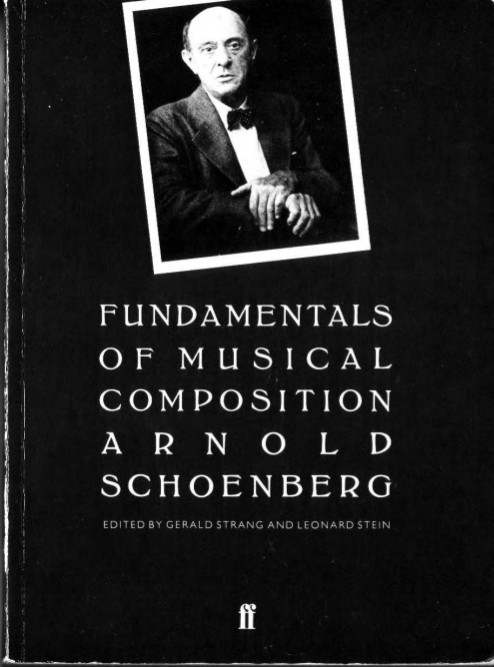Larry Austin, Douglas Kahn (eds.): Source: Music of the Avant-Garde, 1966-1973 (2011)
Filed under book | Tags: · 1960s, 1970s, art, composing, computer music, electroacoustic music, electronic music, experimental music, fluxus, intermedia, music, music history, music theory, performance, sound recording, tape music

“The journal Source: Music of the Avant-garde was and remains a seminal source for materials on the heyday of experimental music and arts. Conceived in 1966 and published to 1973, it included some of the most important composers and artists of the time: John Cage, Harry Partch, David Tudor, Morton Feldman, Robert Ashley, Pauline Oliveros, Dick Higgins, Nam June Paik, Steve Reich, and many others. A pathbreaking publication, Source documented crucial changes in performance practice and live electronics, computer music, notation and event scores, theater and installations, intermedia and technology, politics and the social roles of composers and performers, and innovations in the sound of music.”
Publisher University of California Press, Berkeley, CA, 2011
Roth Family Foundation Music in America Books series
ISBN 0520267451, 9780520267459
382 pages
Reviews: Continuo (2011), Michael Boyd (Computer Music Journal, 2013).
Wikipedia (about the journal)
Publisher
PDF (removed on 2013-7-18 upon request of the publisher)
Comment (0)René Leibowitz: Schoenberg and His School: The Contemporary Stage of the Language of Music (1947/1949)
Filed under book | Tags: · composing, composition, music, music history

“Founder of the atonal school of composition, Arnold Schoenberg (1874-1951) single-handedly revolutionized the whole of 20th century music. Recognizing that the tonal system of the past 250 years had outlived its usefulness, Schoenberg developed an entirely new system for organizing pitch, dividing the scale into 12 equal tones and eliminating the tonal center which had already reached its vanishing point in the chromaticism of Richard Wagner His twelve-tone scale set composers free from the strictures of the seven-tone scale, allowing them to explore in full the expanded tonal materials of the chromatic scale.
In this now-historic study of Schoenberg’s music and its impact on 20th-century composition, composer/conductor René Leibowitz–a student of both Schoenberg and Webern–traces the history of musical thought from the Renaissance through the early part of the 20th century, thus setting the stage for Schoenberg’s revolutionary abandonment of tonality. He also assesses the works of Schoenberg’s two star pupils. Alban Berg and Anton Webern He shows how Schoenberg’s methods were assimilated–conservatively by Berg and radically by Webern–maintaining throughout that theory was handmaiden to compositional artistry and not the other way around.
Originally published in 1949, Schoenberg and His School was in many ways a musical polemic, an artistic manifesto aimed at focusing public attention on the then neglected works of the atonal composers. Today, with the 1974 Centenary Celebration of Schoenberg’s birth, Leibowitz’ work has assumed renewed importance. Considered one of the most influential interpretations ever published of Schoenberg’s musical aesthetics and philosophy, it remains the touchstone for future considerations of Schoenberg’s contributions to 20th century music.”
First published as Schoenberg et son école, 1947.
This is an unabridged republication of the first edition published by Philosophical Library, New York, 1949.
Translated by Dika Newlin
Publisher Da Capo Press, New York, 1975/1979
ISBN 0306800209
305 pages
PDF (23 MB)
Comments (3)Arnold Schoenberg: Fundamentals of Musical Composition (1967–) [EN, IT, ES, PT]
Filed under book | Tags: · composing, composition, music, music theory, sound recording

Fundamentals of Musical Composition represents the culmination of more than forty years in Schoenberg’s life devoted to the teaching of musical principles to students and composers in Europe and America. For his classes he developed a manner of presentation in which ‘every technical matter is discussed in a very fundamental way, so that at the same time it is both simple and thorough’. This book can be used for analysis as well as for composition. On the one hand, it has the practical objective of introducing students to the process of composing in a systematic way, from the smallest to the largest forms; on the other hand, the author analyses in thorough detail and with numerous illustrations those particular sections in the works of the masters which relate to the compositional problem under discussion.
Edited by Gerald Strang, with the collaboration of Leonard Stein
Introduction by Leonard Stein
Publisher Faber and Faber, London/Boston, 1967
ISBN 0571092764
256 pages
Fundamentals of Musical Composition (English, 1967, no OCR)
Elementi di composizione musicale (Italian, trans. Giacomo Manzoni, 1969, added on 2013-12-11)
Fundamentos de la composición musical (Spanish, trans. A. Santos, 1989, added on 2013-12-11)
Fundamentos da composição musical (Portuguese, trans. Eduardo Seincman, 1991/1996, added on 2013-12-11)

